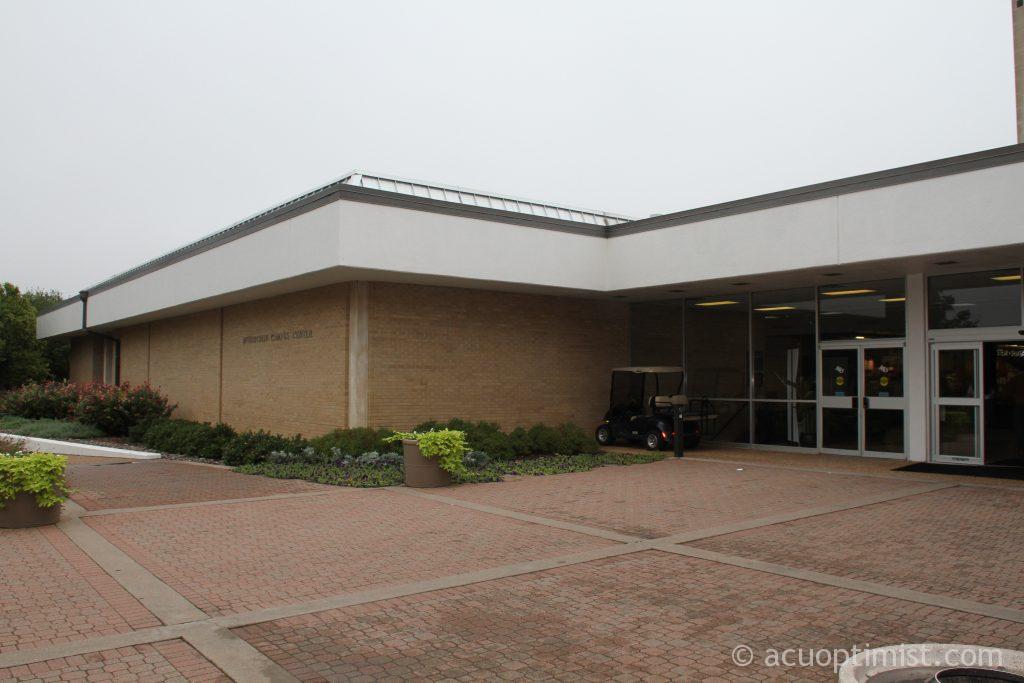The university renewed its energy conservation plans with Cenergistic, a Dallas-based company that has reduced ACU’s energy use by 25 percent per square foot.
According to a press release sent out by Emerald Cassidy, director of public and media relations for ACU, the program began in January of 2014 with a goal of reducing energy consumption and creating a culture of sustainability.
“We’ve been paying attention to energy costs for awhile,” said Kevin Campbell, senior vice president of operations. “There are two driving factors leading the energy conservation program. One is cost and second is the impact on the environment.”
Over a five year period, ACU has reached over $1 million in savings.
Electricity and gas have the largest impact on utility costs, alongside two different sources of water – the domestic waterline leading to water fountains, sinks and showers, and affluent water used to water the grass around campus.
The central plant is the largest consumer of energy on campus because it provides heating or cooling to the rest of campus.
“We are trying to be good inhabitants of the earth,” Campbell said. “The biggest change that has enabled us to do a lot of this saving on energy is technology.”
Campbell said all of the new buildings are automated, allowing better control over when the air turns on and off. In academic buildings, it is easier not to cool uninhabited rooms on weekends and nights. To maintain a comfortable temperature in common spaces such as the library, campus center and Student Recreation and Wellness Center, Campbell said they know when to turn the system back on to reach the temperature by opening time.
Though some of the older buildings on campus are not up-to-date with technology, every time a new building begins construction, part of the process is putting technology into the facilities.
“The biggest change that is taking place right now, with the addition of Onstead and Halbert-Walling, this fall semester is the first time we’ve had every new facility, at the same time, running with students here as well,” Campbell said.
Campbell said one of the most unique challenges is the amount of rainfall. Though most of the classrooms are at the desired temperature of 72 degrees, the humidity level causes them to feel muggy.
“The whole purpose of the energy conservation program is not to change student behavior,” Campbell said. “Our goal is to keep our buildings within the comfort zone and make sure we are balancing the goal of conservation with student comfort.”

